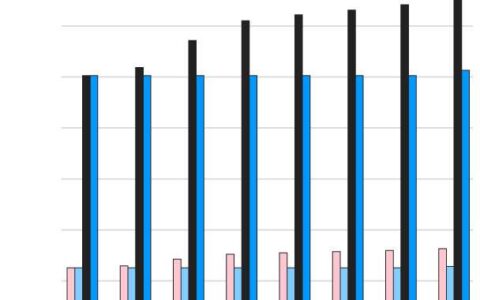Decline in Offshore Yuan as Borrowing Costs Drop
The Chinese yuan experienced a slight weakening on Thursday, influenced by a decrease in offshore yuan funding costs and the persistent low performance of China’s blue-chip stock index. The drop in offshore liquidity has led to a fall in borrowing costs for the yuan in Hong Kong, making it cheaper for investors to short the currency. Notably, the offshore yuan overnight CNH HIBOR, a measure of offshore yuan liquidity conditions, dipped to its lowest in three weeks at 2.00682%, down 131 basis points.
China’s Stock Performance Impacts Yuan Sentiment
The sluggish performance of the stock market in China, with the blue-chip CSI300 index hovering near a 5-year low, has also negatively impacted sentiment surrounding the yuan, according to traders and analysts. This market uncertainty has contributed to the yuan’s ease against the U.S. dollar.
PBOC’s Midpoint Rate and Spot Yuan Changes
Before the market opened, the People’s Bank of China (PBOC) set the yuan’s midpoint rate at 7.1012 per U.S. dollar, slightly weaker than the previous fix of 7.0966. The spot yuan opened at 7.1380 per dollar and stood at 7.1465 by midday, marking a weakening from the previous late session close.
Future Outlook and Monetary Policy Impact
Analysts predict that changes in U.S. and China’s monetary policy direction will become more supportive of the yuan in the future. The PBOC is expected to continue prioritizing foreign exchange market stability to maintain confidence in China’s economy and manage capital outflow pressures. Some, like Ken Cheung, chief Asian FX strategist at Mizuho Bank, anticipate the onshore yuan stabilizing around 6.95 by the end of 2024.
Comparing Onshore and Offshore Yuan
The global dollar index saw a slight fall from the previous close, while the offshore yuan traded marginally weaker than the onshore spot at 7.1477 per dollar. The divergence between the onshore spot yuan and the PBOC’s midpoint reflects a slight strengthening of the spot yuan against the midpoint, with the PBOC allowing a 2% rise or fall from the official rate set each morning.
Conclusion: Navigating a Fluid Currency Landscape
As the Chinese yuan navigates through a period of weakened performance amid falling offshore borrowing costs and stock market challenges, investors and analysts closely monitor the impacts of monetary policy shifts and global economic conditions. The yuan’s future trajectory will likely depend on a complex interplay of domestic economic indicators and international market dynamics, underscoring the need for vigilant observation and strategic financial planning.











